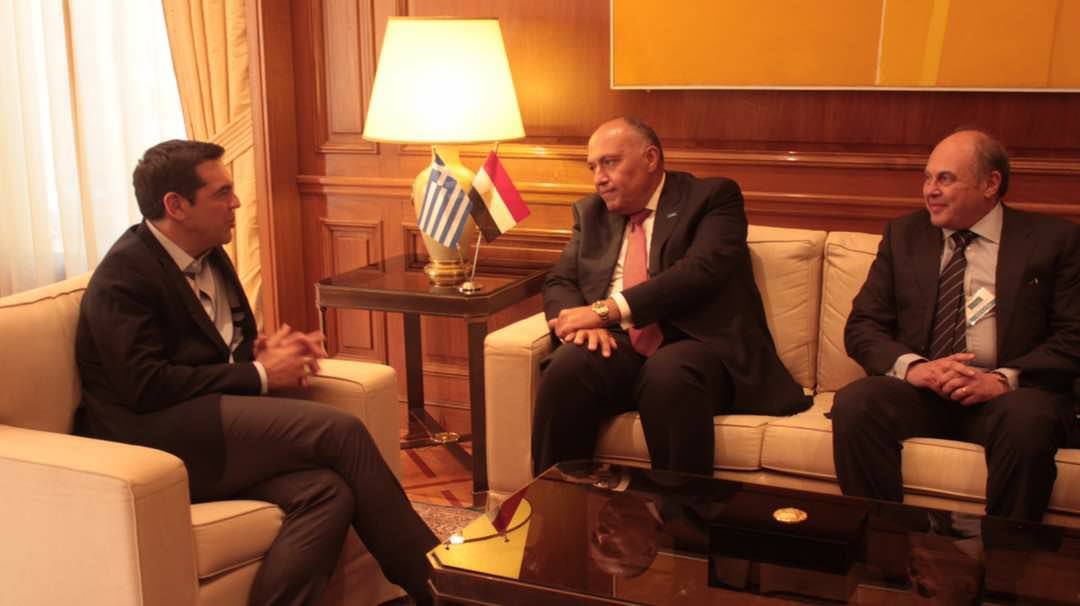The First Folkloric Arts Festival honors its pioneers
CAIRO: Egypt’s first Folkloric Arts Festival took place at El Sawy Cultural Center from Friday, July 28 until July 30, featuring performances by a number of folkloric troupes from all over the and honoring national icons of folklore.
“It [the festival] is for reviving folkloric art in Egypt and comes as a mean of showing Egyptians and introducing to the younger generation this traditional art, says Osama El-Sherbiny, founder of the festival.
The opening ceremony honored eight folkloric artists who are considered to be “the founders of folkloric art in Egypt, adds Sherbiny. Those honored were Zakaria El-Hegawy, Mohamed Reda, Safwat Kamal, Abdel Rahman El Shafie, Mohammed Khalil, Mohammed El-Ezaby, Salah Enany and Abdel Meniem El-Sawy.
“I personally consider it [El Sawy Cultural Center] a ministry of culture on its own, and to start honoring pioneers of folklore in Egypt it has won out the Ministry of Culture, said Abdel Rahman El-Shafie, founder of the Nile Troupe for Folkloric Art and among the honorees, to The Daily Star Egypt. El-Shafie added that El Sawy Cultural Center has played an important role in the cultural scene in Egypt lately by organizing diverse cultural events and gaining publicity and recognition.
On behalf of El Sawy Cultural Center, the festival also honored organizers Hassan Ibrahiem and Sanaa Saleh, Soheir El-Morshedy, guest of honor of the festival, late folklore singer and musician Meta’al Enawy, Bassem Shahin, director of the opening and closing ceremonies, and all performing troupes in the festival.
The ceremony itself was a remarkable performance. Instead of simply announcing the names of the honorees in the traditional manner, a short poem about the artist followed by one of his songs preceded the announcement of the artist’s name
On the first day of the festival, following the honor ceremony, The Nile Troupe for Folkloric Art gave an amusing performance with folkloric musical instruments including the rababa, mozmar and douf with the troupe all dressed in the traditional galabeya.
The second performance was by the Dervishes of Cairo; the troupe includes over 40 artists, musicians and dancers who presented a Sufi dance show, featuring the Sufi whirling dervish ceremonial dance, the tanoura.
The second day of the festival was called Laylet El- Muwlid [Folk Festival Night], featuring performances by the Sphinx Folkloric Arts troupe for folkloric dance and musical art and the Center of Innovation in Mansoura.
The third and last night of the festival was Pharaonic Night, featuring the Osama Emam Folkloric Dancing Troupe and a Pharaonic show directed by Bassem Shahin.
The Pharaonic show doubled as a political commentary as it included a dialogue between an Ancient Egyptian grandmother and her grandson, living in today s Egypt. The boy explained to his grandmother the situation the region is in today, how the people and children are suffering in Palestine, Iraq and Lebanon, how everyone in Egypt is now concerned with having a political position and holding on to it, being completely self centered and forgetting all about the welfare of the people, and reflecting that this situation would never have arisen in the days of Horus and Ramses.
The River Hall at El Sawy was packed throughout the days of the festival with a diverse audience including tourists, Egyptian families and many teenagers and youngsters.
The festival is also “a means of cultural exchange, as El-Sherbiny added, since tourists come to Egypt to see the pyramids, Coptic and Islamic monuments they should also see the great folkloric traditions of Egypt. Also, the festival was a success in encouraging Egyptians to get in touch with this art once again.
“We hope that next year we will be able to invite folkloric troupes from all around the world so it would be a chance for real cultural exchange, said El-Sherbiny.
Folkloric art in Egypt has come a long way with a movement in various cultural centers throughout Egypt. Currently, there are 52 folkloric troupes from Nuba to Matruh and Sinai and they are on the increase in anticipation of more publicity of folkloric art in Egypt, explained El-Shafie.






